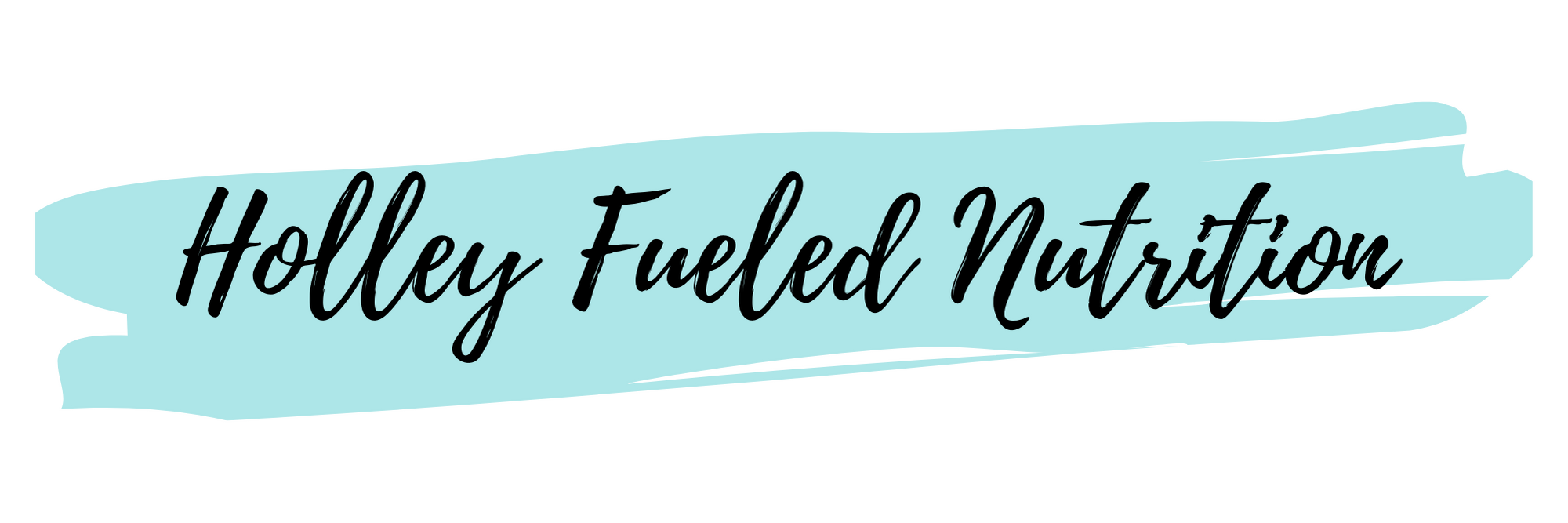Micronutrient Series: Iron
Written by Holley Fueled Nutrition Intern Emily Wells, fact checked by Holley Samuel MEd, RD, LD, CPT
Iron is a very important micronutrient, especially for female runners. While some runners may be familiar with this mineral and deficiency symptoms, others may be unaware that low iron levels may be causing their fatigue, inability to hit their paces, and shortness of breath. Why is iron so important, especially for female runners? How much should be consumed and what are the best iron rich food sources?
Iron is a mineral naturally present in foods such as spinach, red meat seafood, fortified cereals, soy products like tempeh and tofu, and legumes like beans and lentils. Animal products contain both types of iron, heme and nonheme and non-animal products contain nonheme iron. Heme iron (think animal products) is better absorbed by our bodies. If we are consuming non-heme iron (think plant based products), adding foods high in vitamin C to your meal can help to increase iron absorption. For example, having a tofu bowl with rice and spinach can become a more easily absorbable meal by adding in a vitamin C rich food like red bell peppers.
Without enough iron the body can’t transport or use oxygen optimally, which can affect running performance, cause increased fatigue, weakness, headaches, dizziness and shortness of breath. Iron deficiency is one of the more common deficiencies in runners because of the role iron plays combined with how running specifically stresses the body. Due to the physical act of foot striking during running, which causes blood cells to break apart at an increased rate compared to non runners, more iron is required to build blood cells in runners. Female runners may be at an even higher risk of developing low iron than male runners due to blood loss during monthly menstrual cycles, in addition to potential pregnancy and/or breastfeeding.
If risk factors and symptoms listed above seem familiar, consider getting your blood tested before deciding on an iron supplement. Iron supplementation can lead to elevated iron levels, which can have similar symptoms as low iron levels and other adverse health effects. It is important to get tested instead of guessing what blood levels may be or blindly supplementing. Iron overdose is particularly dangerous to children.
Serum Ferritin (think iron storage) and Hemoglobin (think oxygen transporter) levels are two biomarkers that can be used to better understand your iron status. Other biomarkers may include hematocrit, total iron binding capacity and transferrin percent saturation. Hematocrit is a measurement of red blood cells. Total iron binding capacity and transferrin percent saturation paint a broader picture of iron status through their indirect relationship. If total iron binding capacity is high then transferrin will be low, meaning that iron is not being optimally transported to cells. If iron biomarkers are not optimized, supplementation and/or diet changes to increase consumption of iron rich foods will be recommended to avoid iron deficiency anemia. It is also important to identify what the root cause of iron deficiency is to ensure the runner is taking a whole body approach to improving their biomarkers. Optimizing iron levels in athletes is often a moving target since athletes experience different levels of training through various training cycles, have personal medical history, and may also have food preferences. All of these factors can affect iron status.
The recommended iron intake for females who are not pregnant or breastfeeding is 18mg per day and 8 mg per day for males (over the age of 19). After menopause, the women’s recommended iron intake is the same as males at 8 mg per day. Oral iron supplementation often ranges from 40-400mg/per day and is often recommended for 6-24 weeks while monitoring iron status. Because getting too much iron can have severe adverse health consequences it’s really important to work with qualified health professionals before starting or while taking any supplements.
Here are four iron rich food source ideas you can try this week:
Three ounces of dark chocolate (45-69% cacao) has 7 mg of iron.
Lentil soup: a half cup of cooked lentils provides 3 mg of iron and you can make enough to freeze for later when you need supper in a hurry.
Three ounces of chicken or turkey provides 1 mg of iron, make a sandwich with two slices of bread and add an additional 2 mg of iron to your meal. Red meat is another great iron rich food source, three ounces of beef contains 3 mg of iron.
Consider making your own trail mix. Adding dried apricots and pumpkin seeds can increase iron content because one cup of dried apricots has approximately 3.5 mg of iron and one cup of pumpkin seeds contains 2.5 mg.
Add 1 TB blackstrap molasses to your morning oatmeal. 1 TB blackstrap molasses has 3mg iron and 1 cup cooked oats has about 3.4mg.
Iron is important for our health but getting the right amount is too. If you have been experiencing any of the symptoms discussed in this post, consider having your iron labs tested.
References:
Iron Fact Sheet for Professionals. National Institute of Health. Updated April 5, 2022. Accessed April 5, 2022. https://ods.od.nih.gov/factsheets/Iron-HealthProfessional
Charles R Pedlar, Carlo Brugnara, Georgie Bruinvels & Richard Burden (2018) Iron balance and iron supplementation for the female athlete: A practical approach, European Journal of Sport Science,. 2018;18(2):295-305, DOI: 10.1080/17461391.2017.1416178
Kuwabara AM, Tenforde AS, Finnoff JT, Fredericson M. Iron deficiency in athletes: A narrative review. 2022. doi: 10.1002/pmrj.12779. PMID: 35100494.
Reaver A. Understanding your iron group: What results mean for each biomarker. Inside Tracker. July 20, 2021. Accessed May 2, 2022. https://blog.insidetracker.com/understanding-iron-group-results-mean-each-biomarker
